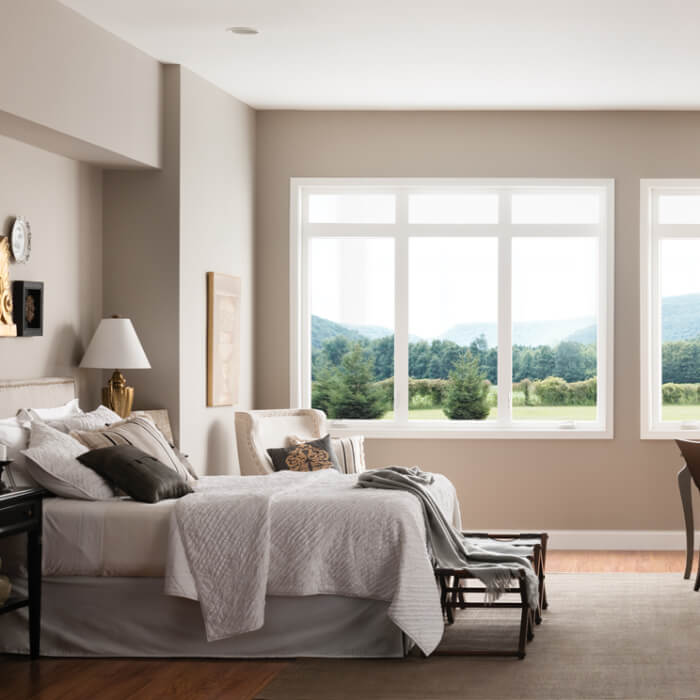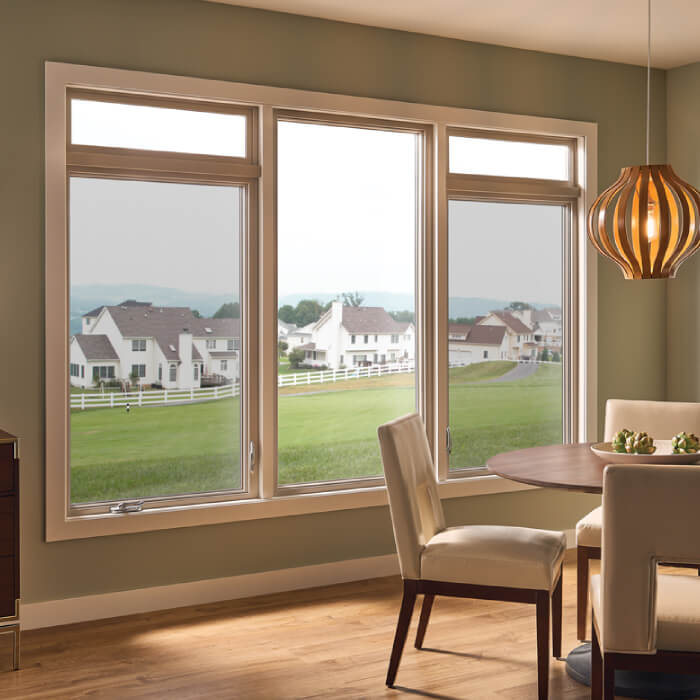Energy-Efficient Homes of the Past, Present, and Future
Had you asked homeowners even twenty years ago what their “must-have” items were, energy efficiency homes probably wouldn’t have crossed many lips. Partially, this was due to lack of knowledge. Without the technology and ease of sharing information (ahem, the internet), many people didn’t realize how much energy was being wasted in their home, how to fix it, or that there were tricks and technology available for a greener home. At the same time, while the thought of saving money would of course been appealing, there was also a lack of information about the impacts of non-green homes on our environment. Even today, there are camps of people who don’t “believe” in green movements.
However, green homes are nothing new—the very first homes were very green! The earliest humans who created homes for themselves naturally adopted green habits because that’s what was available. Consider “mud homes.” Often, these constructions utilize other “organic” materials besides mud (think cow patties) because dung also repels mosquitoes, is malleable, and when coming from a vegetarian source like cattle actually has a rather sweet smell. To this day, it’s a popular building material in regions including Tiebele, West Africa. It’s also very affordable and relatively easy to use (you don’t need to be a contractor!). It’s been used for centuries.
When humans lived in caves, you can bet they also made these dwellings quite homey. Naturally, as a pre-existing construct (with minor modifications) it was also very green. There was no pollution from construction, no transporting materials over several thousand miles further adding to the pollution, and build a fire in an intimate cave and you can easily keep warm through even the toughest winters. We came from green homes—now we’re simply returning a bit to our roots.
Our Current Green Approach
Major green adoptions today include energy-efficient home window treatments, energy-efficient appliances, supporting local vendors for supplies when possible and within budget, and practicing better habits such as closing off rooms that aren’t being used and sticking to a reasonable and steady thermostat number. Thanks to shows on HGTV, more people are learning about the benefits of foam insulation compared to more traditional approaches, how roofing materials can make a huge difference in home efficiency depending on where you live, and solar panels on roofs have never been more popular.
We’re learning more about the impact contemporary homes have on the environment and finding out the hard way just how costly it can be to skip green approaches. In some parts of the country, average monthly electricity bills are creeping close to $150, and we’re getting more proactive about understanding energy usage and how it trickles down to our shared “home” of Mother Earth. Simultaneously, technology continues to advance and we’re adopting it to green up our homes.
Future Perfect
Already, options like smart thermostats and alternative energy resources such as wind- and solar-power are relatively commonplace. We’ll continue to embrace technology that makes our homes both smarter and greener. In the U.S., we’re starting to look abroad to see how other countries use energy, such as the rampant usage of radiant heating in countries like South Korea (called “ondol” in Korea) which isn’t just more comfortable, but also decreases allergy flare-ups and reduces energy costs by keeping heat close to the ground (where we want it) rather than blasting out of vents.
From trying out the latest recommended smart home gadgets to perhaps returning to boilers instead of furnaces, even with the higher up-front investment, we’re moving forward and yet back—returning to greener, healthier and more affordable in the long run homes.
Call Newman Replacement Windows and Doors today at 1.858.240.1375 for more information about our energy-efficient window options or to schedule a free in-home estimate.





























